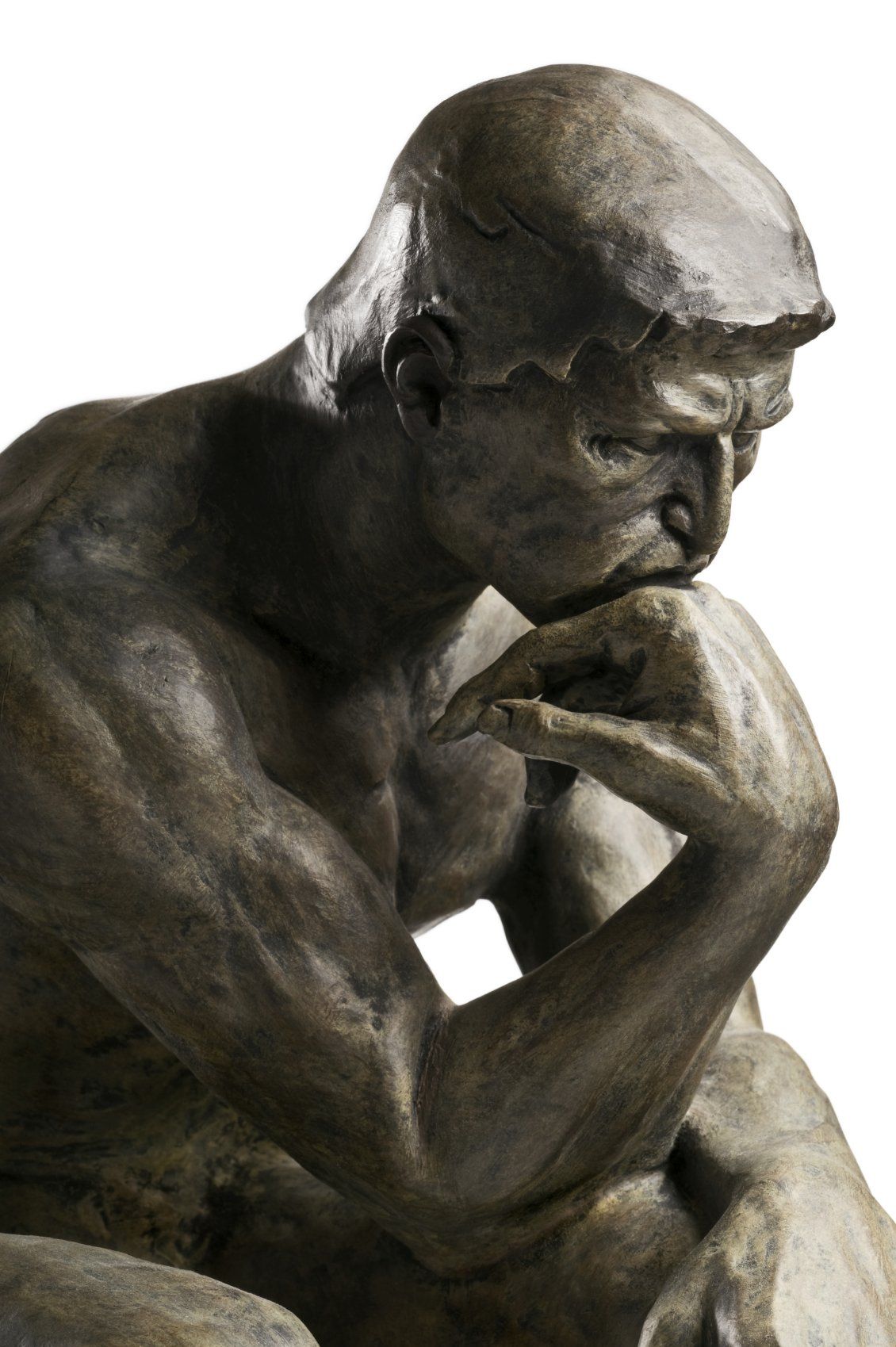Teaching Portfolio
In partial fulfillment of the requirements for MSU's Certificate in College Teaching

Discipline-Related Teaching Strategies
Description
Discipline-related teaching strategies combine teaching principles with disciplinary themes. The cominbation results in types of objectives, activities, assignments, and assessments that are best suited for learning in that discipline. I take my home discipline (field) to be “philosophy of cross-disciplinarity for sustainability.” It is actually a blend of several disciplines: epistemology, philosophy of science, communication studies, and sustainability. Thus, teaching in my discipline involves many themes including but not limited to
- how professionals know what they know,
- taking multiple perspectives,
- mutual human-environmental flourishing (and oppression), and
- communication as a basic human activity.
Some of these themes are mostly abstract while others are mainly tangible. A good learner-centered principle is to design student work around verbs—that is, to ask students to do specific kinds of activities as they engage the content. Thus, teaching in my discipline prompts students to use both abstract verbs—like imagining and planning—and tangible verbs—like writing and speaking.
An example abstract-tangible strategy is the scaffolding of perspective taking: from articulating their own perspective, to articulating those of others, to integrating others' perspectives into their own.
- A first step in this scaffolding requires students to choose a particular place they care about to study for the semester, and explain why it's important to them.
- A next step is reading personal narratives that exemplify different worldviews of sustainability, like Lauret Savoy's Trace: Memory, History, Race, and the American Landscape.
- Along the way, students must articulate, through writing and at least one other medium, how a concept from Trace is evident in a particular place they care about.
- Eventually, students must synthesize a multimedia expression of their new understanding of why their place is important and to whom.
Reflection
Because my discipline sits at the cross roads of many others, I also learn from and teach in those disciplinary communities. Mixed-methods research is an example. Mixed methods are one way professionals take multiple perspectives in coming to know what they know. Mixed methods are used in many domains including sustainability and beyond. So, when I teach in the discipline of mixed methods, I actually draw on two disciplines: my own and mixed methods as its own field.
Lessons learned about teaching in both fields transfer to each other. As I teach in these field intersections, I am responsible to the ways of knowing in both fields. This dual responsibility amplifies the reflection I must do alone, with my students, and with members of each discipline.
Artifacts
My syllabi for CSUS 310 "History of Environmental Thought": Designer & Accessible versions
This syllabus epitomizes my approach to teaching in the field of philosophy of cross-disciplinarity for sustinability.
Letter of completion from "Teaching in Philosophy" Summer Seminar (2016)
The 2016 AAPT Summer Teaching Seminar presented basic Universal Design for Learning principles and then coached us in applying those to a philosophy course we wanted to develop.
Syllabus from training course, CEP 818 "Creativity in Teaching & Learning"
In CEP 818, "Creativity in Teaching & Learning," we explored how to teach discipline-specific concepts using 14 different creativity skills, such as finding analogies.
Role description for Community Engagement Teaching Fellow
Lastly, from 2017-2019, I was a Community Engagement Teaching Fellow for a required undergraduate course in Community Sustainability. This role enabled me to integrate formal and non-formal teaching methods in supporting students in a key sustainability skill: community engagement.

Creating Effective Learning Environments
Description
An effective learning environment includes everything outside the student’s learning process that can influence their learning. Learning is embodied cognition, so the relevant environment includes physical, relational, and cultural features surrounding the student as they learn. A classroom is an effective learning environment when every student can learn to their maximum potential--including students whose backgrounds have not traditionally been represented in the classroom.
Because different students need different kinds of environments and some of these needs will conflict, it is not possible to maximize everyone’s learning potential at all times. However, universal design principles for learning (UDL) can create learning environments that are strikingly more effective for vastly more students—especially non-traditional and minoritized students. Examples include: communicating in multiple modes (e.g., speaking & writing), providing rubrics to clarify expectations, allowing students to choose how they express their knowledge during assessment, and inviting students to bring their own experiences into class discussions and assignments. UDL principles nearly always improve inclusive pedagogy. When we design first to include those who've historically been marginalized, we often turn to UDL principles sooner and everyone benefits.
Reflection
Ever since my first career in K12 education (2006-2011), I spend a lot of effort designing as many aspects of my students’ learning environment as I can. This aspect of teaching can expand to take as much time as I give it, because an environment is infinitely complex and every student at every moment has different needs. With training and experience, I am learning which aspects of the college classroom have the highest impact on student learning and therefore deserve more attention: content, student work (activities & assignments), assessment, and classroom culture. With each of these, I plan for the who, what, where, when, why, and how features. But, knowing that I am not and never will be a perfect teacher, I always plan for revision of the design at several points: during planning, as it unfolds, and while reflecting upon the course to plan the next iteration. To revise during planning, I create a table that aligns my course outcomes with the program’s outcomes and the particular activities we will do during the course. To revise as the activities unfold, I constantly ask students if my instructions make sense and how they would improve the rubric. I also assign an exit ticket at the end of each class period that asks students to tell me what they are learning, what is difficult, how I can improve, and how they understand their own learning process. To revise after the course is finished, the last exit ticket asks for cumulative reflections, such as, “What advice would you give to future students in this course?” I also take my teaching evaluations seriously, especially the open-ended comments. Given our habit of constructive feedback throughout the course, I find students also give me constructive feedback through this final survey.
Artifacts
My syllabi for CSUS 310 "History of Environmental Thought": Designer & Accessible versions
I designed the CSUS 310 learning environment to offer many modes of interaction and student assessment, meeting students where they were and calling them into adventure.
Letter of completion from "Teaching in Philosophy" Summer Seminar (2016)
The AAPT Teaching in Philosophy Summer Seminar covered principles of UDL with several examples for philosophy.
Description of CSUS 301 Teaching Fellow Role
As a CSUS 301 Teaching Fellow, I helped design and implement universal design principles for community engagement. These included attending to cultural and emotional experiences of students and mentoring them closely to scaffold their real-world projects.
Syllabus from training course, CEP 818 "Creativity in Teaching & Learning"
The “Creativity in Teaching & Learning” course showed how 14 tools of creative thinking are themselves universal design principles for learning. Course assignments gave me opportunity to design classroom activities that implemented these principles for an example topic of our choice.

Incorporating Technology Into My Teaching
Description
Technology is another word for tool, which indicates something designed and used to accomplish a task. Technology has always been a part of teaching, and teachers have always had to make wise choices about how they use technology. Now, the speed at which technology changes and is introduced to the classroom continues to increase. Given the course of this evolution, for the past several decades, “technology” has come to refer only to electronic tools. As today’s teachers consider how to use today’s technology, we do well to remember that despite its complexities and rapid evolution, technology is a tool; and the value of a tool arises from how well it accomplishes the tool-user’s purpose. The more complicated technology gets, the clearer we need to be about our teaching goals and how we will determine if the technology is meeting them.
Reflection
I enjoy learning to use new technologies because they are interesting, offer new possibilities, reduce my cognitive load, and can meet learning goals just as well or better than old technologies. New technologies feature in my teaching practice most strongly when it comes to managing course content and assessment. The features in D2L and Google Suite allow me to store and share information whenever it is convenient. I also use technology to deliver content in class and encourage diverse forms of participation. One of my favorite tools is the meeting platform Klaxoon, which includes several functions: quizzes, brainstorms, open chat, and self-paced content delivery. But sometimes the best technology is pen and paper or chalk and a blackboard. I need to remember that no matter how interesting a piece of technology is, its ultimate value lies in how well it accomplishes the task at hand.
At the same time, I need to be open to the possibility that new technologies can inspire new learning goals. Ruben Puentedura notes that educational technology can Enhance or Transform the learner's task at hand. These two options unfold through four levels of the SAMR model:
- Substitution
- Augmentation
- Modification
- Redefinition
But does redefining the task necessarily mean redefining the goal of the task? Does changing what we do with technology mean we're changing the final outcome? Educators must be open to this possibility. Eventually, we must get clear on whether the technology is driving new learning goals or whether goals are driving technology use.
Artifacts
Syllabus from training course, CEP 818 "Creativity in Teaching & Learning"
In "Creativity in Teaching & Learning," we used various online tools (Google docs, SoundCloud, ) to communicate with each other and complete assignments. Because the assignments were to design learning activities, I was able to explore the affordances of those technologies for particular learning outcomes.

Understanding the University Context
Description
My time as Assistant Dean in MSU's Graduate School has opened my eyes to the realities of higher education. While every university has unique policies, norms, and resources, most share basic features in how they are organized and how they articulate and track student learning. Most universities have four kinds of employee functions: (1) administration, (2) support, (3) research, and (4) teaching. All of these roles influence what is possible when teaching in university settings, from the goals and title of a course to the number of photocopies a professor can make. Their respective jurisdictions usually follow the organizational lines dividing the university into thematic units: colleges, schools, and departments. Student degree programs are usually administered by departments but sometimes by cross-departmental units like centers or programs. Teaching faculty can be cross appointed to and teach in these various units.
The nested and cross-cutting organizational structure of a university can create unexpected conditions for what can be taught. For example, every level of the university should set its own goals for student learning. Hopefully these goals nest within in each other so units within other units are not trying to meet incompatible learning goals. But, making everyone aware of each others' goals and then aligning goals takes levels of communication and coordination that are so energy-intensive they are not feasible. University employees, perhaps wisely, settle for prioritizing what we can control.
Reflection
The university context provides abundant and diverse resources that enhance the teaching and learning experiences, but it also provides many checks and balances that slow course innovation. For example, I wanted to design a visual syllabus to enhance student understanding of course alignment, grading, and scheduling. However, I was told the official syllabus posted to our departmental website had to follow the department’s template, which is completely text-based. Recognizing the strengths of each, I created both versions and offered them both to my students, but others considering my course could not benefit from the visual syllabus.
Similarly, when designing new course curricula, course outcomes must match the catalogue description and the outcomes set by other section leaders. These hold a new professor to a vision they had not developed, which therefore lacks meaning to them and perhaps is at odds with their views of what is important to teach. New courses require lengthy approval processes at each level of the university. These can get so lengthy (and so dominated by powerful voices) that new ideas are discarded solely to make it easier to move onto the next step. On the other hand, working with existing curricular goals allows new ideas to stand upon the wisdom of previous minds, and it provides consistency for students progressing through the program. Thus, working within a university comes with tradeoffs between stability and innovation.
Artifacts
Letter of completion from "Teaching in Philosophy" Summer Seminar (2016)
During the AAPT Summer Seminar, we learned the centrality of learning outcomes to course design and how we should set those learning outcomes. One consideration is choosing learning outcomes that align with those at the departmental, college, and university levels.
My syllabi for CSUS 310 "History of Environmental Thought": Designer & Accessible versions
My syllabus for CSUS 310 shows how I aligned my course and departmental learning outcomes. (College and university level outcomes would have overwhelmed the students, so I did not include those on the syllabus although I did consider them). When setting my course outcomes, I met with the other section leaders to ensure our outcomes matched. The syllabus also reflects my knowledge of university policies and resources.
My MSU CSUS graduate curriculum prototypes
I created four CSUS graduate curriculum prototypes during my service as a graduate student representative to the CSUS Ad-Hoc Graduate Curriculum Reform Committee. The prototypes demonstrate my ability to design graduate curricula that meet program goals and university requirements while fitting within constraints such as the available budget, personnel, and students.

Assessing Student Learning
For MSU's Certificate in College Teaching, competency in student assessment was demonstrated through a mentored assessment project. This project built upon my 6.5 years of experience as a K12 educator and as a program evaluator.
Project Summary
Personal growth in areas such as emotional intelligence, self-awareness, and interpersonal communication is essential for effective action in sustainability contexts. Dr. Shari Dann and I therefore made personal growth a learning objective in Spring 2018 for CSUS 301 "Community Engagement for Sustainability," a required course for CSUS undergraduates. This project assesses the types, quality, and causes of personal growth students experienced due to the course that semester. The assessment instruments included late- and end-of-semester drawings and essay reflections. The assessment used inductive coding and thematic analysis (quantitative and qualitative) to identify commonalities and differences in personal growth. Direct, student-led interactions with community partners and each other were key drivers of personal growth in three areas:
- Changing attitudes
- Facing outward
- Developing grit
University-Level Courses Taught
Please see my CV for additional non-formal and K12 teaching experience.
CSUS 310 "History of Environmental Thought"
Michigan State University. Spring 2019. Instructor of Record. View syllabi: Designer & Accessible versions.
CSUS 301 "Community Engagement for Sustainability"
Michigan State University. Fall 2016, Fall 2017, & Spring 2018. Teaching Fellow. Instructor of Record Dr. Shari L. Dann.
IAH 206 "Self, Science, & Technology"
Michigan State University. Fall 2018. Teaching Assistant. Instructor of Record Dr. Kyle Whyte.
Cover photo by Lori Jean Nichols, 2020.
Used with permission.

